Tree-Climbing Lions of Ishasha: A Unique Safari in Queen Elizabeth
A Safari Encounter Like No Other
Few experiences in the African wilderness can rival the awe of witnessing lions stretched out gracefully across the branches of giant fig trees. Deep in the southern reaches of Queen Elizabeth National Park in Uganda lies Ishasha, a land that has become synonymous with one of the most intriguing wildlife spectacles on the continent—the tree-climbing lions. For most travelers, lions are expected to roam across open savannahs, commanding their territories from the ground. Yet in Ishasha, they defy expectations. With languid elegance, they ascend into the branches, where they spend hours basking in the sun, surveying the plains below, and occasionally leaping down to ambush unsuspecting prey.
To encounter these lions is to witness an extraordinary adaptation, one that has baffled scientists and enchanted safari-goers for decades. This phenomenon transforms a safari into something more than just an ordinary game drive; it becomes an intimate glimpse into the mysteries of evolution and animal behavior. For those seeking a safari experience that is truly unique, Ishasha is a destination without rival.
The Ishasha Sector: A Hidden Gem of Queen Elizabeth National Park
Located in the southwestern corner of Queen Elizabeth National Park, the Ishasha sector offers a strikingly different landscape compared to the park’s central plains or the northern Kazinga Channel region. Here, the scenery is defined by expansive savannahs, dotted acacia trees, and towering fig trees whose branches spread wide like welcoming arms. Rolling grasslands merge into woodlands, and the meandering Ishasha River carves its way through, sustaining both wildlife and vegetation.
Unlike the busier northern zones of the park, Ishasha remains relatively remote and tranquil. Its distance from the main entrance has preserved its sense of wilderness, ensuring that safaris here unfold in an atmosphere of solitude and exclusivity. It is this remoteness, combined with its remarkable lions, that gives Ishasha its reputation as a hidden gem within Uganda’s safari circuit.
Travelers driving south toward Bwindi Impenetrable Forest for gorilla trekking often pass through Ishasha, making it an ideal addition to a broader Ugandan safari. Yet even as a standalone destination, the Ishasha sector captivates with its landscapes and wildlife encounters, ensuring that visitors leave with memories that linger long after they depart.
The Mystery of the Tree-Climbing Lions
An Unusual Behavior
In most parts of Africa, lions remain firmly grounded. Their muscular bodies, adapted for stalking and taking down prey, do not lend themselves easily to climbing trees. Yet in Ishasha, lions have perfected this unusual habit, turning it into a defining characteristic of their population. These lions ascend fig and acacia trees with remarkable ease, often spending the better part of the day resting on branches several meters above the ground.
For the uninitiated traveler, the sight is surreal. Seeing the continent’s most iconic predator lounging in the treetops seems almost contradictory to everything one expects of a lion. Yet for those who witness it, the spectacle is not only unforgettable but also deeply moving. It is a reminder that nature is endlessly adaptive and that every ecosystem shapes its inhabitants in unique ways.
Theories Behind the Climbing
Scientists and researchers have long debated why Ishasha’s lions climb trees. Several theories have emerged, though none can be said to be definitive. Some suggest that tree-climbing is a response to the intense heat of the savannah. Elevated branches provide relief from biting insects and the scorching sun, allowing lions to rest in greater comfort. Others propose that climbing trees offers lions a strategic vantage point, enabling them to survey the plains for prey or threats with unmatched clarity.
There is also the possibility that this behavior has been culturally inherited within the pride. Just as certain behaviors are passed down among primates, so too may young lions in Ishasha learn climbing from their mothers and elders, perpetuating a tradition unique to this population. Whatever the reason, the practice has become ingrained in the Ishasha lions, distinguishing them from their counterparts across the continent.
The Lions of Ishasha: A Distinct Pride
The lions of Ishasha are not just climbers; they are guardians of an ancient savannah, playing an essential role in the ecological balance of the park. Their prides are smaller compared to some East African regions, often ranging between ten to twenty individuals. These prides are tightly knit, their dynamics shaped by the challenges of survival in an environment where prey is abundant but competition remains fierce.
The Uganda kob, the national antelope, forms a significant portion of their diet. Large herds of kob roam Ishasha’s plains, their presence attracting predators. Buffaloes, warthogs, and even young elephants occasionally fall prey to these formidable lions. From the elevated branches, lions can patiently observe herds below before descending with lethal precision when opportunity strikes.
Beyond their ecological role, the lions of Ishasha carry a symbolic significance. They have become ambassadors for Ugandan tourism, drawing travelers from across the world who seek the rare thrill of watching a lion in a tree. Their continued survival is therefore not only a matter of ecological importance but also of cultural and economic value for Uganda.
The Ishasha Landscape: A Stage for the Extraordinary
To fully appreciate the uniqueness of Ishasha’s lions, one must also understand the landscape that shapes them. Unlike the flat expanses of Serengeti or Masai Mara, Ishasha offers a landscape where open grasslands meet wooded savannahs. The fig trees, tall and sprawling, form the perfect resting platforms for lions. Acacias, with their broad branches, provide shade and refuge.
The Ishasha River adds life to the sector, attracting herds of elephants that often cross its waters in dramatic displays of unity. Along its banks, hippos wallow lazily, while crocodiles lurk beneath the surface. Birds thrive here as well, with species such as the African crowned crane, martial eagle, and yellow-billed stork gracing the skies.
It is in this ecological theater that the lions take to the trees, transforming the savannah into a stage where nature performs one of its most unusual acts. The landscape is not just a backdrop but an active participant in this behavior, offering both the necessity and the opportunity for the lions’ adaptation.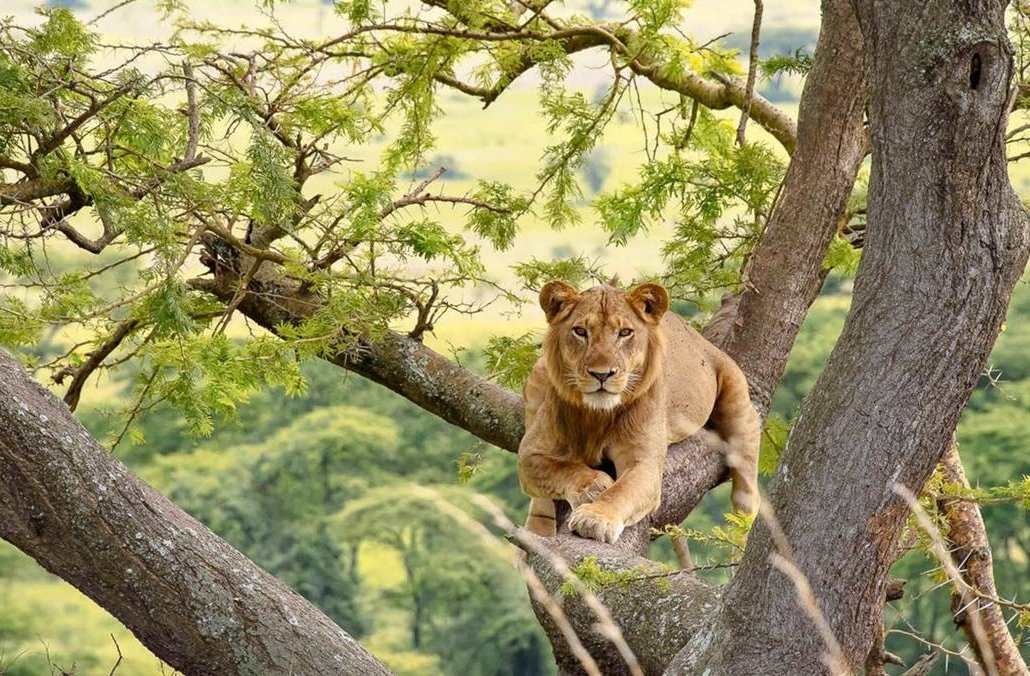
Safari Experiences in Ishasha
Game Drives in Search of the Lions
The quintessential way to experience Ishasha is through a game drive. Safari vehicles traverse the sector’s tracks, scanning the treetops for the iconic silhouettes of lions draped across branches. Early morning and late afternoon drives offer the best chances, as lions are often seen lounging after a night or early morning hunt.
The experience of spotting lions in trees is unlike any other. There is a sense of disbelief followed by wonder as the eye adjusts to the sight of golden bodies stretched out against green canopies. Photographers find endless inspiration here, for the setting provides compositions that are rare in the world of wildlife imagery.
Beyond the Lions
Though the lions dominate attention, Ishasha offers much more. Large herds of elephants roam the grasslands, sometimes moving in single-file processions that underscore their social bonds. Buffalo herds graze in vast numbers, and antelope species dot the plains. The birdlife is equally remarkable, ensuring that every safari in Ishasha is richly rewarding.
The Solitude of Wilderness
One of Ishasha’s most cherished qualities is its remoteness. Unlike busier safari destinations, here the sense of solitude prevails. Game drives often unfold without another vehicle in sight, granting travelers a feeling of exclusivity. This tranquility allows for deeper immersion, where the rhythm of the wilderness can be felt without distraction.
Conservation Challenges and Efforts
The uniqueness of Ishasha’s lions makes their conservation all the more critical. Yet like many wildlife populations in Africa, they face threats that cannot be overlooked. Human-wildlife conflict remains a pressing concern, as communities living around the park sometimes clash with predators that attack livestock. Poaching, though reduced in recent years, has also posed dangers.
Conservation initiatives led by the Uganda Wildlife Authority and supported by international organizations have been instrumental in protecting these lions. Anti-poaching patrols, community sensitization, and revenue-sharing programs have strengthened the coexistence between people and wildlife. Tourists visiting Ishasha also contribute directly to conservation, as park fees and safari revenue provide essential funding for protection efforts.
The survival of the tree-climbing lions is not only a matter of preserving an ecological wonder but also of sustaining the economic lifeline of communities who benefit from tourism. Their future depends on continued commitment to conservation, both locally and globally.
Best Time to Visit Ishasha
The Ishasha sector can be visited year-round, though the dry seasons from June to September and December to February are often preferred. During these months, vegetation is thinner, making it easier to spot lions and other wildlife. Roads are also more accessible, ensuring smoother game drives.
The wet seasons from March to May and October to November bring lush greenery and vibrant birdlife, though access may become more challenging. Yet for travelers seeking solitude and dramatic scenery, the rains add a beauty of their own. The decision ultimately rests on whether one values clearer wildlife sightings or the verdant spectacle of the rainy months.
Why Ishasha Should Be on Every Safari Itinerary
The tree-climbing lions alone would justify a journey to Ishasha, yet the sector’s value extends beyond this singular phenomenon. It offers a safari experience that is both intimate and authentic, far removed from crowded destinations. It is a place where one can sit in silence beneath a fig tree, watching lions above and antelope below, and feel the timelessness of Africa’s wilderness.
Furthermore, its strategic location makes Ishasha a natural link between Uganda’s other iconic destinations. Positioned on the route to Bwindi Impenetrable Forest, it allows travelers to combine the thrill of lion encounters with the life-changing experience of gorilla trekking. This seamless integration of experiences makes Uganda’s safari circuit one of the most diverse and rewarding in Africa.
A Call to the Wild
The tree-climbing lions of Ishasha are more than a wildlife attraction; they are a symbol of nature’s ingenuity and resilience. They embody the spirit of Uganda’s wilderness, where every landscape tells a story and every creature reveals a mystery. To watch these lions resting in the treetops is to witness one of Africa’s rarest and most captivating spectacles—a moment that remains imprinted in memory, long after the safari has ended.
For those seeking a safari that transcends the ordinary, Ishasha offers an experience that is truly unique. It is here that the untamed beauty of Queen Elizabeth National Park is revealed in its most remarkable form, where lions defy gravity and the savannah whispers stories of adaptation and survival.
Travelers who wish to embark on this unforgettable journey are encouraged to book their Africa tours and safaris through WildHorn Africa, a trusted provider known for crafting extraordinary adventures. With expertise, passion, and commitment to responsible tourism, WildHorn Africa ensures that every safari becomes not just a journey through the wilderness but a lifelong memory of Africa’s grandeur.

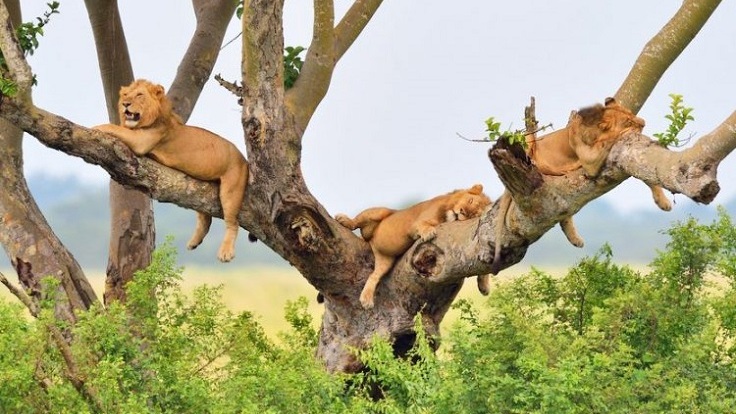
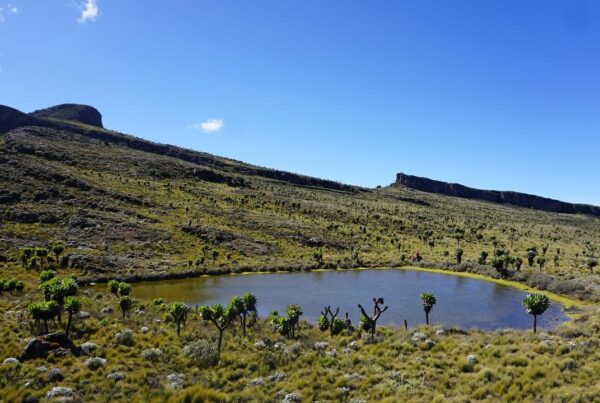
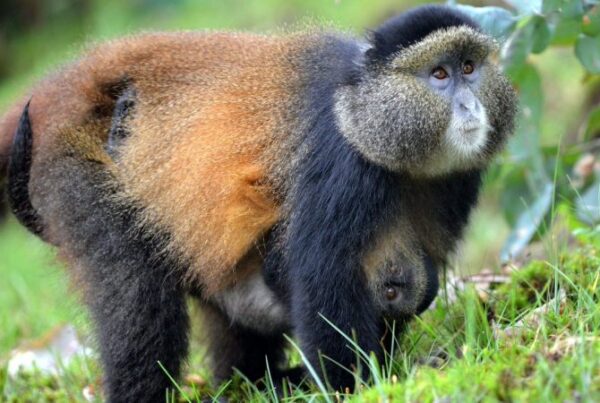
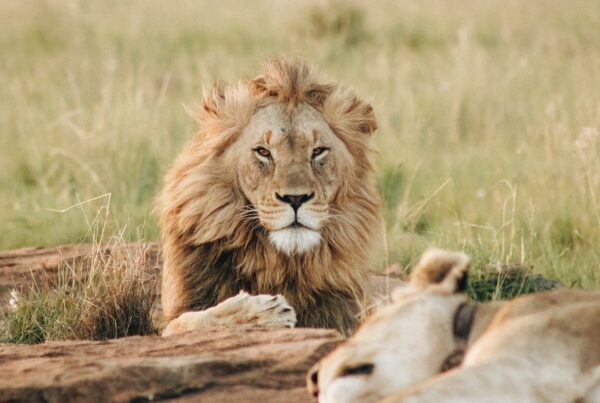
 WildHorn Africa – Authentic and unforgettable tours across Africa, guided by local experts who know the land, wildlife, and culture best.
WildHorn Africa – Authentic and unforgettable tours across Africa, guided by local experts who know the land, wildlife, and culture best.


